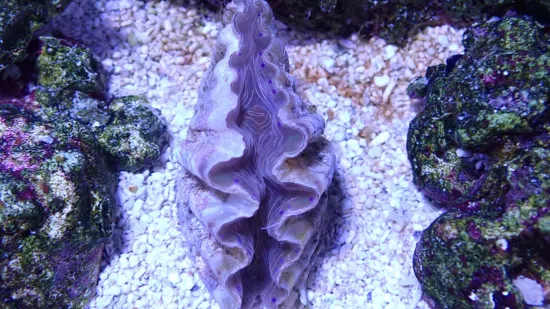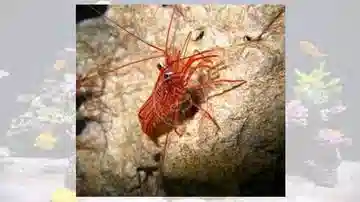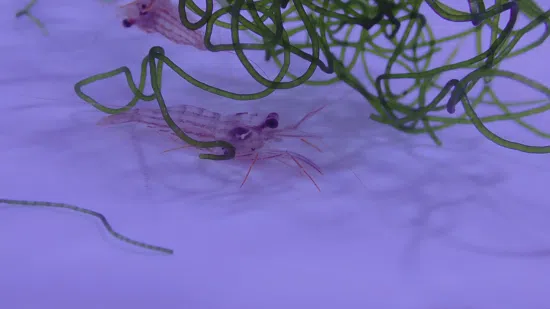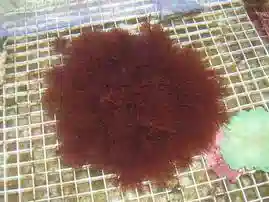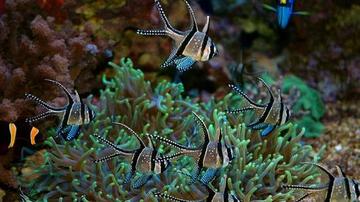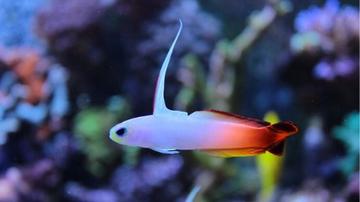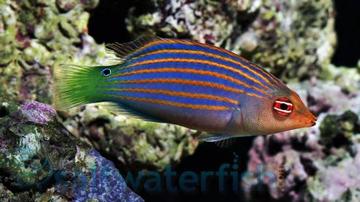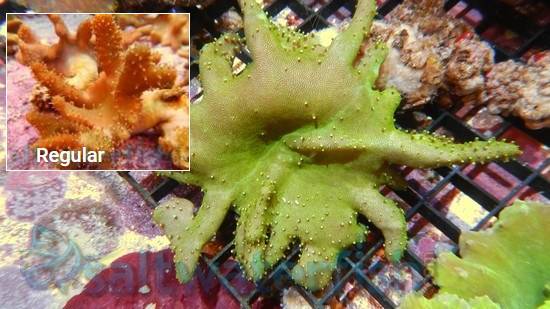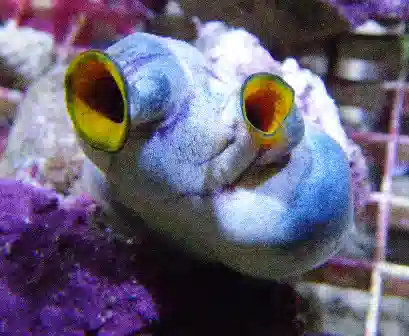Tunicate: Colored
Polycarpa sp.
(4 Reviews)
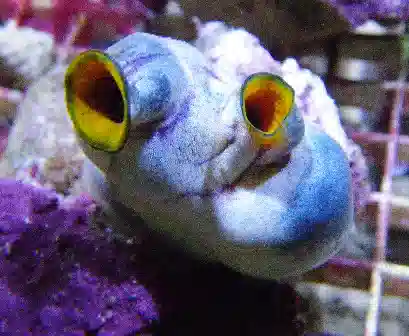
Tunicate: Colored
Polycarpa sp.
(4 Reviews)
{{ item.name }}
Size: {{ item.extra_field_3 }}
${{ getFormattedPrice(item.saleprice) }} ${{ getFormattedPrice(item.price) }}
To join the waiting list, click here
Free Shipping
With
$199.00
or more in Marine Life.
More details...
Tunicate: Colored Care Facts
| Care Level: | Easy |
|---|---|
| Temperament: | Peaceful |
| Reef Safe: | Yes |
| Diet: | Filter Feeder |
| Origin: | Indo- Pacific |
| Acclimation: | Temperature Acclimate |
Tunicates are prominently found in the Indo-Pacific regions. Tunicates are also commonly known as sea squirts or Blue lollypops. Tunicates are peaceful inhabitants of the aquarium and are good filter feeders. They sift through the water and fed on phytoplankton and other organic food. Tunicates can live in to a tank of at least 50 gallons. They require moderate care and are a delicate species. When kept in community aquarium Tunicates can be vulnerable to attacks from other larger or aggressive inhabitants, but they are reef safe and have a peaceful temperament so it is recommended to keep them with small non aggressive fish. They develop a cauliflower like head at the top of each branch. Tunicates require plenty of live rock and coral. Tunicates also require perfect water conditions. They require strong water current. In the absence of sufficient amount of phytoplankton, meaty foods like live shrimps, brines and small meaty foods.
Colored Tunicate (Polycarpa sp.) – A Unique Addition to Your Saltwater Marine Aquarium!
Tunicates are a unique and captivating addition to any saltwater marine aquarium, with their vibrant colors, ease of care, and compatibility with various tank mates.
Habitat of the Colored Tunicate
Habitat: Colored Tunicates are commonly found in the Indo-Pacific region, where they inhabit various marine environments, including coral reefs and rocky substrates. These fascinating creatures are filter feeders that attach themselves to solid surfaces using a gelatinous matrix, such as rocks and coral skeletons. They are known for their vibrant colors and unique appearance, making them an intriguing choice for your marine aquarium.
Size and Lifespan of the Colored Tunicate
Size and Lifespan: Colored Tunicates vary in size depending on the species but generally range from 1 to 3 inches in height. In captivity, with proper care, they can live for several years, adding a long-lasting element of interest to your tank.
Growth Rate of the Colored Tunicate
Growth Rate: The growth rate of Colored Tunicates can vary among species and is influenced by factors such as water quality and the availability of food particles. Under optimal conditions, they can gradually expand and form colonies that enhance the visual appeal of your aquarium.
The Colored Tunicate's Diet in Captivity
Diet in Captivity: Colored Tunicates are filter feeders that primarily capture tiny particles suspended in the water column. Their diet consists of phytoplankton, zooplankton, and other microscopic organisms. While they do not require direct feeding in captivity, it's essential to maintain good water quality with proper filtration to ensure a steady supply of food particles.
Compatibility of the Colored Tunicate with Other Fish and Invertebrates
Compatibility with Other Fish and Invertebrates: Colored Tunicates are generally compatible with a variety of marine tank mates. Here are five compatible species to consider:
- Ocellaris Clownfish (Amphiprion ocellaris): These iconic clownfish often form symbiotic relationships with Colored Tunicates, seeking shelter and protection among their colonies.
- Banded Coral Shrimp (Stenopus hispidus): These shrimp add visual interest to your aquarium and coexist peacefully with Colored Tunicates.
- Turbo Snails (Turbo spp.): These efficient algae grazers help control algae growth in your tank while being non-invasive and suitable companions for the tunicates.
- Firefish Goby (Nemateleotris magnifica): These colorful and peaceful fish add variety to your aquarium and coexist harmoniously with Colored Tunicates.
- Royal Gramma (Gramma loreto): These small and vibrant fish are suitable tank mates for tunicates and contribute to the overall visual appeal of your marine aquarium.
Tank Requirements for the Colored Tunicate
Tank Requirements: To ensure the well-being of your Colored Tunicates, it's essential to provide the following tank conditions:
- Minimum Aquarium Size: A suitable tank should have a capacity of at least 50 gallons, allowing ample space for the tunicates to expand and form colonies.
Water Conditions for the Colored Tunicate
- pH: Maintain a stable pH level between 8.1 and 8.4.
- Salinity: Keep salinity levels stable at 1.023 to 1.025.
- Water Temperature: Maintain a temperature range of 75-80°F (24-27°C).
- Water Flow: Moderate water flow is recommended to ensure the tunicates receive a consistent supply of food particles.
Other Common Names for the Colored Tunicate
Other Common Names: Colored Tunicates are known as "Sea Squirts" for their characteristic shape and appearance.
Why Choose Colored Tunicates from Saltwaterfish.com:
By selecting Colored Tunicates from Saltwaterfish.com, you're choosing a reputable source for high-quality tunicates. Here's why it's the right choice for your marine aquarium:
- Variety: Saltwaterfish.com offers a variety of tunicate species, including Colored Tunicates, allowing you to diversify your aquarium's coral landscape.
- Health and Quality: The Colored Tunicates from Saltwaterfish.com are carefully maintained to ensure vibrant colors and robust health. You can trust that you'll receive thriving tunicate colonies.
- Expert Support: Saltwaterfish.com provides valuable resources and expert advice to help you create the perfect marine environment for your Colored Tunicates and other marine life.
Colored Tunicates are challenging to keep, so they require expert-level care and knowledge by the aquarist. Opting for Colored Tunicates from Saltwaterfish.com enhances your aquarium's aesthetics and ensures that you receive healthy and vibrant tunicate colonies. Don't miss the opportunity to introduce the intriguing beauty of Colored Tunicates into your underwater world today!
Super cute had to buy more
Reviewed by: Kimberly Brogan on June 30, 2024
Super cute and colorful, purchased a 2nd one
Reviewed by: Kimberly Brogan on June 26, 2024
So beautiful perfect addition
Reviewed by: Kimberly Brogan on June 20, 2024
Not as colorful as the photo but a cool and unique thing to have in the hobby.
Reviewed by: Carlos Otero on Nov. 7, 2023


